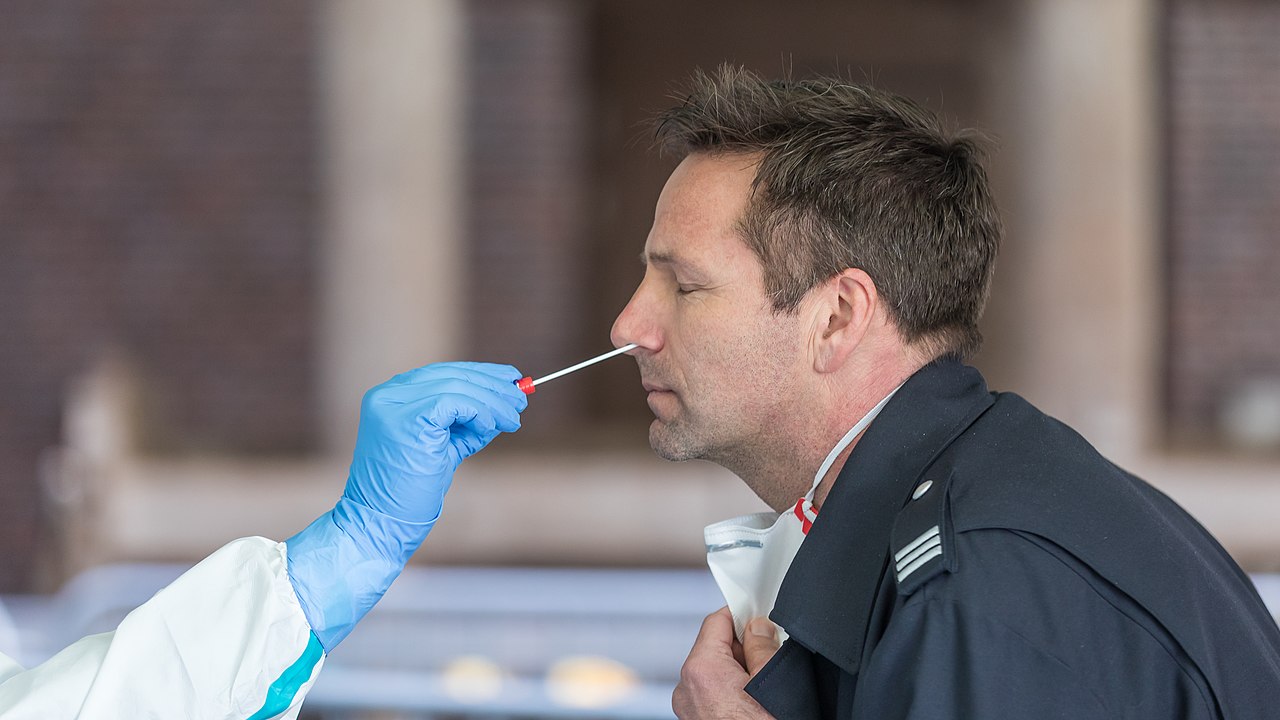New research, led by New Zealander Dr Anne Wyllie, suggests that saliva samples may be more sensitive to detecting SARS-CoV-2 than invasive nasopharyngeal swabs.
The authors, based at Yale School of Public Health in the USA, suggest the use of saliva could enable at-home self-administered sample collection for accurate large-scale testing. The study was released as a pre-print and has not yet been peer-reviewed.
The SMC asked experts to comment on the research.
Dr Nikki Freed, Senior Lecturer in the School of Natural and Computational Sciences, Massey University, comments:
“This study is very promising. While still preliminary and not yet peer-reviewed, the work shows that saliva may be better than nasopharyngeal swabs for testing for the virus that causes COVID-19. The authors show that saliva had better sensitivity and was more consistent for detection of the virus than nasopharyngeal swabs.
“From my perspective, saliva has a lot of advantages over nasopharyngeal swabbing, namely that it is easy to self administer and non-invasive. Most people can easily spit in a cup! Nasopharyngeal swabs, on the other hand, require a health care worker to get fully dressed in PPE and can be uncomfortable for the patient. So this study is a win-win.
“This is one of the first studies to clearly show the clear advantages from the sensitivity and consistency aspect of using saliva instead of nasopharyngeal swabs.
Dr Freed has been awarded HRC funding to research rapid diagnosis and genome sequencing to follow the coronavirus outbreak.
No conflict of interest.
Professor David Murdoch, Dean and Head of Campus, University of Otago, Christchurch, comments:
“Collection of the best possible sample is a critical for any diagnostic test. A test result can be misleading if the sample tested has not been collected in the right manner or is of the wrong type.
“This study evaluated whether testing saliva might be a suitable alternative to the usual method of testing swabs from the back of the nose (nasopharynx). The saliva samples were collected by asking patients to repeatedly spit into a sterile urine cup until roughly a third full of liquid. The results of the study indicated that saliva performed as well as nasopharyngeal swabs at detecting cases of COVID-19, and indeed performed slightly better. These findings are important because saliva samples can be obtained relatively easily and can be collected by the patient themselves without the need for swabs.
“The authors offer a word of caution in noting that their study only included patients who had moderate or severe disease and that the findings may be different when testing people with mild or asymptomatic disease. They also only collected samples first thing in the morning. So, it will be important to evaluate the performance of saliva samples in people with mild disease and in specimens collected at other times of the day as well in order to gain more confidence in these promising findings.
No conflict of interest.
John Mackay, Technical Director at dnature diagnostics & research Ltd, comments:
“Alternative COVID-19 testing samples to the current naso-pharyngeal swabs used potentially relieve pressure on swab supplies and also allow the use of patients collecting their own samples (avoiding potential exposure to front-line testing staff taking swabs).
This study indicates that the levels of COVID-19 virus were higher in the saliva samples than the transport media the swab is mixed in. However it should be noted that levels of virus are traditionally ‘diluted’ by mixing the swabs in a relatively large volume of transport media. Therefore a comparison of direct testing of swabs vs saliva would be of strong interest.
“Other tests have been validated using saliva (Rutger University) and therefore the use of saliva as an alternative to swabs is of high interest to COVID-19 testing strategies.”
John Mackay has been awarded HRC funding to research rapid 15-minute diagnostics for distinguishing COVID-19 from influenza.
No conflict of interest.
